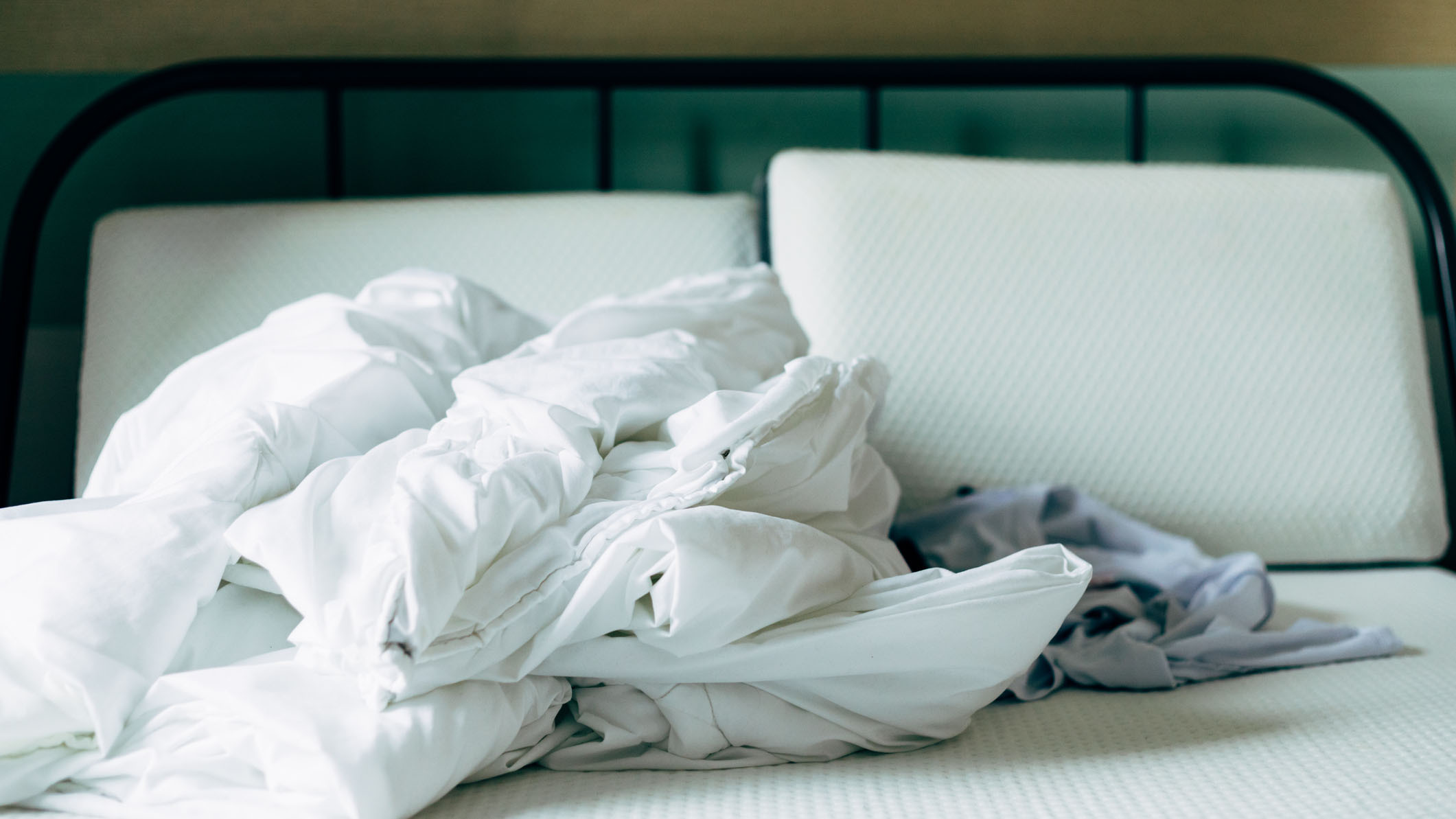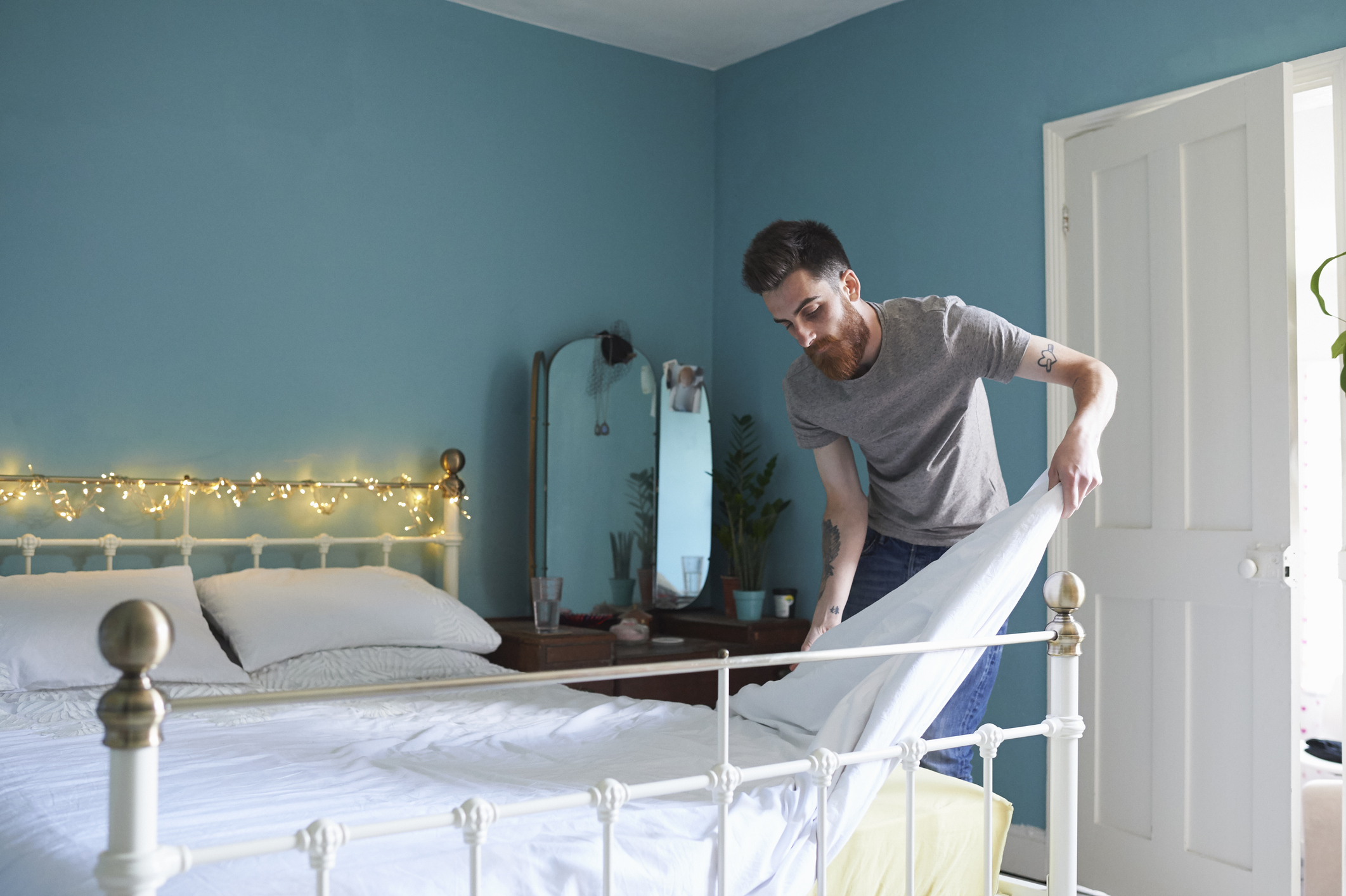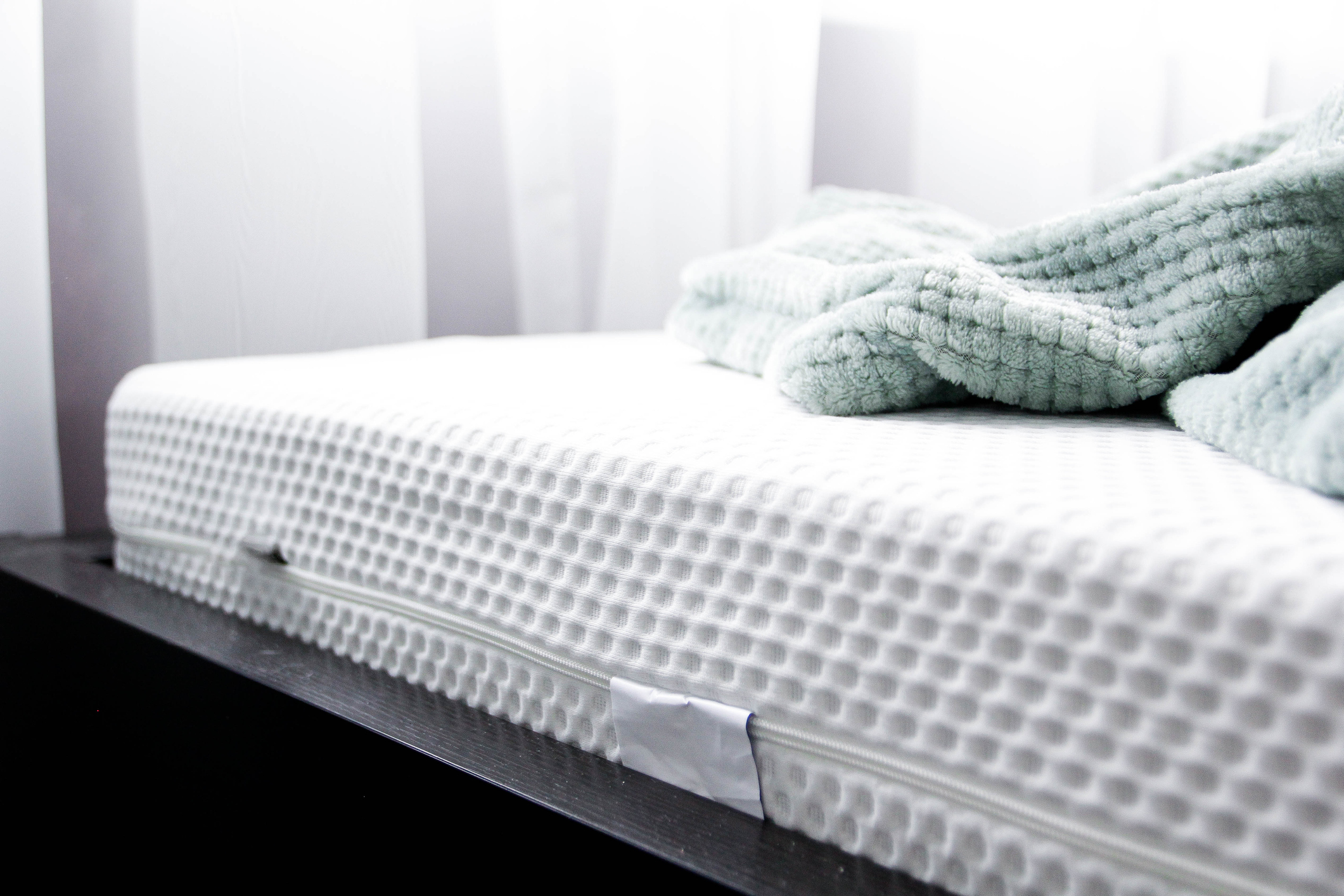Not all mattress covers can be removed for washing — here's why
Wondering if your mattress cover can be washed? It depends on these key factors

Even the best mattresses aren’t immune to the occasional spill, so you might be wondering if you can remove your mattress cover to wash it. The answer depends on what kind of mattress cover (which is different to a mattress protector or encasement, which can be washed) you have, and what the manufacturer's recommendation is.
Mattress covers will either be fixed or removable, which should give you a steer on whether it can be safely removed or not. However, Claire Davies, Tom’s Guide Sleep Editor and Certified Sleep Coach recommends always adhering to the manufacturer guidelines. “At Tom’s Guide we strenuously advise against removing mattress covers unless the manufacturer explicitly says it is safe to do so,” explains Davies.
Removing a mattress cover against the manufacturers guidelines could damage your mattress, void your warranty, as well as leaving you at risk of fiberglass exposure. We’ll tackle how each of these might occur in finer detail below, but first let’s look into whether your mattress cover can be removed and washed.
What is a mattress cover?
The mattress covers we are talking about here are the very top layer of your mattress – usually made from a breathable material and used to wrap around all of the internal layers of your mattress. So these are part of your actual mattress and not a separate mattress encasement or protector that you would buy to protect your against bed bugs, spills and stains.
Mattress cover materials vary, but commonly include polyester, organic cotton, cashmere, wool and Tencel. Luxury mattresses usually feature covers made from organic materials and have taped edges, while cheap mattresses often have zip-on polyester covers.
Mattress covers are important for protecting all of the internal layers from superficial damage.
Can mattress covers be removed for washing?
Whether you’re attempting to clean up after an accident or you’ve just had your mattress for a little while, you might be wondering how best to clean it. But how do you know if you can safely remove the cover on your mattress?
Get instant access to breaking news, the hottest reviews, great deals and helpful tips.
“The easiest way is to look at the product description for your bed: if it says ‘removable cover’, then you can remove it for washing,” says Davies. “If it doesn’t, leave it well alone. Some mattresses even have warning tags about removing the cover, and these are beds that usually contain fiberglass (learn how to tell if your mattress has fiberglass).”

Each mattress brand will have different recommendations, which is why it’s important to thoroughly check labels (and never cut them off, for that matter). “For example, many Tempur-Pedic mattress covers can be removed, but Zinus and Tuft & Needle mattress covers should not be removed,” continues Davies. “If you do remove the cover, you risk harming the fire safety barrier inside and you’ll void your mattress warranty.
“Even fiberglass-free mattresses such as those from Bear aren’t exempt here – the manufacturer explicitly warns against removing the mattress cover for risk of damaging the materials inside and exposing you to potential allergens.”
Once removed for washing, a mattress cover can also be very hard to get back on the mattress, especially if you have a larger size bed.
Can mattress covers be washed?
If the label states that it’s safe to do so, remove your mattress cover and wash it in accordance with manufacturer guidelines. Remember, mold thrives in moist and humid environments, so ensure that your mattress cover is thoroughly dry before putting it back on to avoid mold growing within your mattress. Depending on your mattress size, you may need to enlist some help in removing and replacing the cover.
“Always follow the cleaning and care guidelines set forth by the manufacturer who makes your mattress and always invest in the best mattress protector you can afford to safeguard your mattress cover from spills and stains,” says Davies, who notes that having a protective layer between your sheet and mattress will make it easier to keep your mattress clean.
Why shouldn’t I remove my zippered mattress cover?
Knowing whether your mattress is removable or not isn’t as straightforward as it sounds, as some mattress covers (confusingly) come with an unzippable zip. These are covers that are zipped close, but have no way of unzipping them unless prised out. Despite the temptation, you should never attempt to unzip your mattress cover unless stated that it’s safe to do so from the mattress manufacturer.

Removing a mattress cover that wasn’t intended to be removed could leave you at risk of fiberglass exposure, which could be time consuming and costly to clean up, as well as irritating to your skin and eyes.
“If a mattress has a zippered cover, that doesn’t necessarily mean you should ever remove it,” reiterates Davies. “In fact, if you remove the cover on a mattress that contains fiberglass you will expose your bedroom and clothing (and potentially your wider home) to fiberglass. The only way to clean that up is via a professional cleaning company.”
My mattress cover can’t be removed — how can I clean it?
If your mattress cover can’t be removed, there are steps you can take to clean your mattress. First, strip and launder any bedding, making sure you pay close attention to the care instructions. Next, thoroughly vacuum your mattress. This will help protect your mattress against bed bugs and dust mites.
The next step is to blot any wet patches with a paper towel, before spot cleaning with a mixture of bicarbonate of soda and washing detergent. Next, allow your mattress to dry in natural sunlight, which helps kill mold and bacteria.
However, if you have a memory foam mattress, special consideration needs to be taken as memory foam mattresses shouldn't be exposed to water or direct sunlight. For a more in-depth advice, read our guide on how to clean a memory foam mattress.

Nicola is the Sleep Editor at Tom’s Guide, where she helps steer the mattress and sleep content published on Tom’s Guide, including our Best Mattress for Back Pain buying guide. With a career in journalism spanning the best part of two decades, Nicola brings experience to the team and the knowledge of what makes a great article, whether that’s a how-to mattress cleaning feature, a deep dive into melatonin gummies, or an in-depth mattress review. As a sleep editor, few better understand how important a decent mattress is to the overall quality of our sleep, and precisely how our sleep impacts our physical and mental health. As well as tackling the vast topic of sleep, Nicola joins the raft of expert mattress specialists at Tom’s Guide, who test and compare a wide range of mattresses in order to guide readers towards the very best options on the market.
